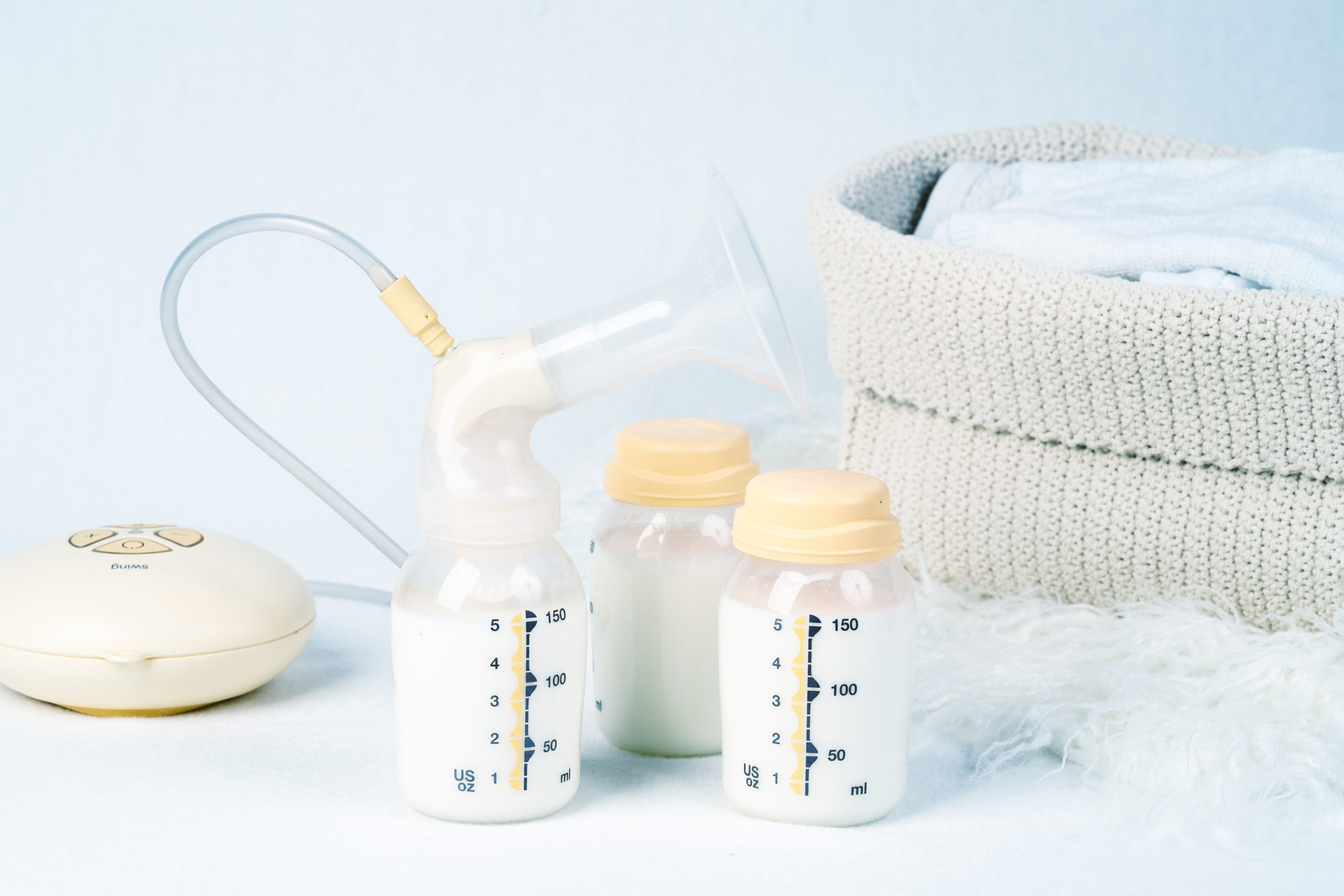A flange is one of those things you never really hear about until you are expecting or pumping. It’s the cone or tunnel section of the breast pump that physically contacts the breast. Certainly, you don’t often hear about having a properly fitting flange (or breast shield) until you are well into the world of pumping. Today, we are going to chat about why flange size is important and why you should make sure you’re using the correct size.
Maximum amount of milk/efficiency
When you have the correct size flange, the center of the nipple freely flows through the flange and the suction from the pump pulls in the perfect amount of areola to maximize your potential for emptying the milk from your breast. Since milk production is a supply and demand system, consistent emptying of the breast signals to the body that it needs to produce more milk. Increased milk production translates to an increase in milk supply which means more milk to feed your baby or store.
For comfort
You may have some nipple sensitivity when you first begin your pumping journey but really, pumping shouldn’t hurt. If you find yourself wincing in pain every time you go near the pump, it’s really time to consider why pumping hurts so bad. Nipples that are poorly centered in the flange or using flanges that are the wrong size can cause a significant amount of pain. If pain does not decrease with the proper flange fit or suction, consult with an IBCLC to help find the root of the issue. If your nipples are rubbing on the side of the shield and causing discomfort, you may need to consider a larger flange or a pump cushion like Beaugen.
To avoid issues
Breasts that are poorly emptied by the pump (or any reason, really) are more likely to end up with clogged ducts, engorgement or Mastitis. If poor emptying happens on a regular basis, it can contribute to supply reduction (remember it is a supply and demand system) which sometimes leads to unwanted formula supplementation. In order to make sure breasts are getting emptied well by the pump, you need to make sure you have the right size flange.
Why do they make so many sizes?
Shields come in sizes from 15mm all the way up to 36mm. The standard size that comes with most pumps is 24/25mm depending on the brand. One thing I can attest to after working with hundreds of patients is everyone’s nipples are different shapes and sizes; thus, we have a need to all use different sized shields. The size of the shield will depend directly on the diameter and length of the nipple, along with the elasticity of the nipple. Other considerations would include if a nipple swells to accommodate during the pumping duration.
Who should get a flange fit?
Really, this is a simple answer. Any person who is pumping that is not sure of the sizing of their shield, should get a second opinion. Those who are pumping to initiate supply, build a stash, going back to work, medical needs, NICU babies, bottle-fed babies, etc. Any pumping person can benefit from a shield sizing and care plan. Personally, I would be happy to help you check your flange fit. This is a quick 15-minute appointment that is done virtually at your convenience. If you are interested in an appointment, you can schedule them directly online here: I can often schedule you for a same or next day appointment to help you get back on track as soon as possible.

leave a comment